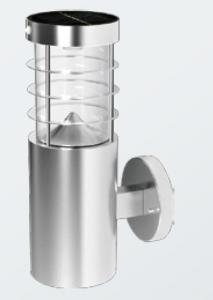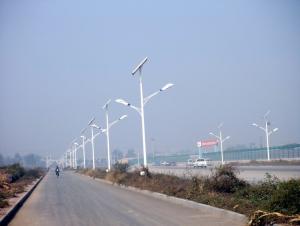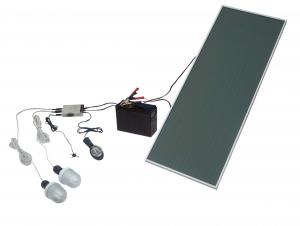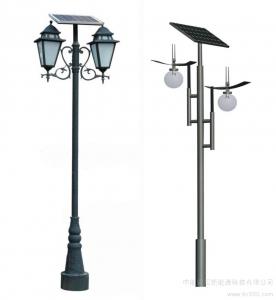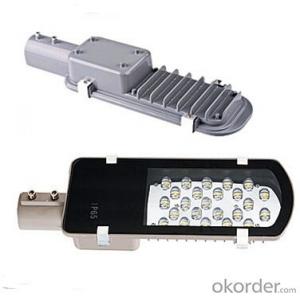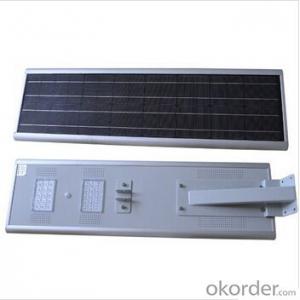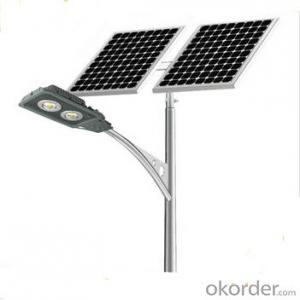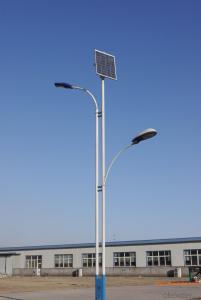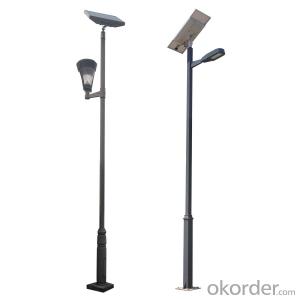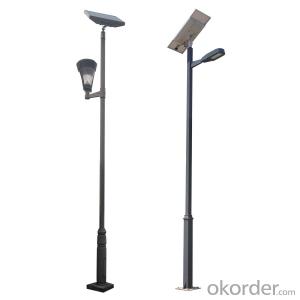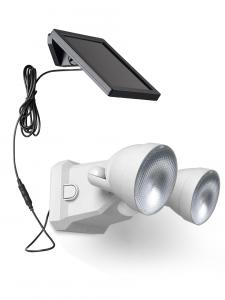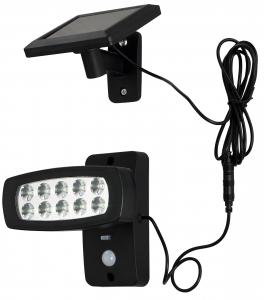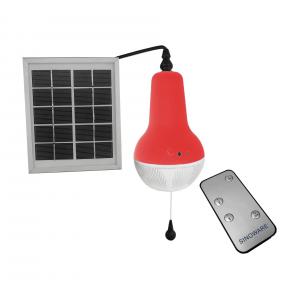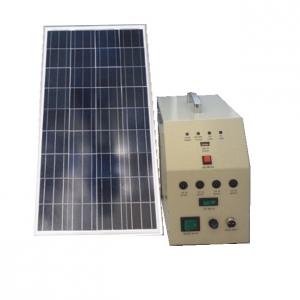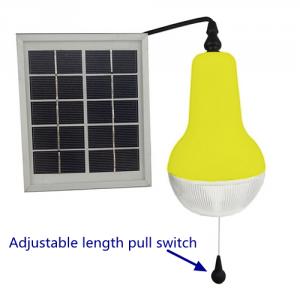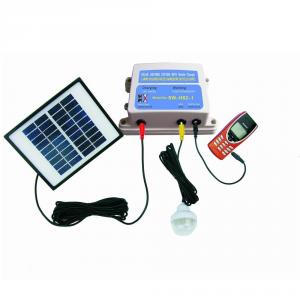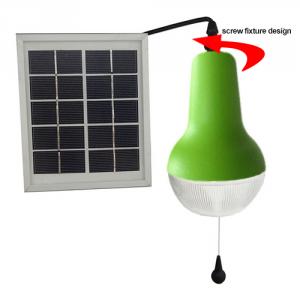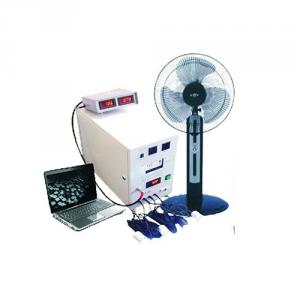Solar Light Caps for Posts - BT1546A PIR Solar Lighting
- Loading Port:
- Ningbo
- Payment Terms:
- L/C,T/T
- Min Order Qty:
- 5000 Pieces pc
- Supply Capability:
- 5000 Pieces per Month pc/month
OKorder Service Pledge
Quality Product, Order Online Tracking, Timely Delivery
OKorder Financial Service
Credit Rating, Credit Services, Credit Purchasing
You Might Also Like
Stainless steel body, electrophoresis coated
Clear PC diffuser, no dizzy light
Sealed with silicone rubber gasket
Protection class: IP44
3LED, 3BATTERIES with solar panel
Modes: ON / OFF / PIR, rang: Approx.5-10m
Detection angle: Approx 90 degrees
Extra long buring time: Approx.8 hours when
fully charged and with ECO mode
Extra brightly if fully charged in PIR mode
Suitable places: Lawn, Garden, Park, Path, etc
Clear PC diffuser, no dizzy light
Sealed with silicone rubber gasket
Protection class: IP44
3LED, 3BATTERIES with solar panel
Modes: ON / OFF / PIR, rang: Approx.5-10m
Detection angle: Approx 90 degrees
Extra long buring time: Approx.8 hours when
fully charged and with ECO mode
Extra brightly if fully charged in PIR mode
Suitable places: Lawn, Garden, Park, Path, etc
- Q: How do you dispose of old solar lights?
- Old solar lights should not be thrown in the regular trash as they contain batteries and other hazardous materials. The best way to dispose of them is to take them to a recycling center or contact your local waste management facility for guidance.
- Q: Can solar lights be used for outdoor camping showers?
- Yes, solar lights can be used for outdoor camping showers. Solar lights are designed to harness and store solar energy, which can be used to power various devices, including showers. By placing solar lights strategically around the camping shower area, they can provide sufficient illumination during nighttime showers, ensuring safety and convenience in outdoor camping settings.
- Q: Are solar lights resistant to fire hazards?
- Yes, solar lights are generally resistant to fire hazards. Unlike traditional lights that rely on electricity and wiring, solar lights are powered by sunlight and do not pose the same fire risks. Solar lights operate using small photovoltaic panels that convert sunlight into electricity, which is stored in rechargeable batteries. As there is no direct connection to a power source or electrical wiring, the risk of electrical fires is significantly reduced. Additionally, most solar lights are designed with built-in safety features such as overcharge and over-discharge protection, which further minimize fire hazards. However, it is important to note that while solar lights themselves are resistant to fire hazards, any surrounding flammable materials or improper installation could still pose a potential risk.
- Q: Can solar lights work during cloudy days?
- Yes, solar lights can still work during cloudy days. Although the efficiency may be reduced, they are designed to collect and store energy during sunny periods, which can be used to power the lights even when the sun is not directly visible.
- Q: Do solar lights require any wiring permits?
- No, solar lights typically do not require any wiring permits as they are designed to be self-contained and operate using solar energy.
- Q: Can solar lights be used for basketball court lighting?
- Yes, solar lights can be used for basketball court lighting. Solar lights are a viable and cost-effective option for illuminating basketball courts, especially in areas with limited access to electricity or where installing traditional lighting systems may be expensive or impractical. Solar lights can provide adequate brightness for a basketball court, ensuring that games or training sessions can be held safely even during nighttime hours.
- Q: How bright are solar lights?
- Solar lights can vary in brightness depending on their design and purpose. Generally, solar lights emit a soft and subtle glow, providing ambient lighting rather than intense illumination. However, there are also solar lights available with higher brightness levels that can effectively light up pathways or outdoor areas.
- Q: Are solar lights suitable for rooftops?
- Yes, solar lights are suitable for rooftops. They are easy to install, require no wiring, and use renewable energy from the sun to provide illumination. They are also cost-effective and environmentally friendly, making them a popular choice for rooftop lighting solutions.
- Q: Can solar lights be used for camping trailers?
- Yes, solar lights can be used for camping trailers. They are a great alternative to traditional lighting sources as they are eco-friendly, cost-effective, and do not require electrical outlets or batteries. Solar lights can be easily installed on camping trailers to provide illumination during camping trips, ensuring a sustainable and convenient lighting solution.
- Q: Do solar lights have replaceable parts?
- Yes, solar lights often have replaceable parts such as rechargeable batteries, LED bulbs, and solar panels. These parts can be easily replaced to ensure the continued functionality of the solar light.
Send your message to us
Solar Light Caps for Posts - BT1546A PIR Solar Lighting
- Loading Port:
- Ningbo
- Payment Terms:
- L/C,T/T
- Min Order Qty:
- 5000 Pieces pc
- Supply Capability:
- 5000 Pieces per Month pc/month
OKorder Service Pledge
Quality Product, Order Online Tracking, Timely Delivery
OKorder Financial Service
Credit Rating, Credit Services, Credit Purchasing
Similar products
Hot products
Hot Searches
Related keywords
